As a company grows, keeping up with the industry’s demands can become difficult, especially in today’s ever-changing business landscape.
One solution is business process outsourcing (BPO). BPO reduces the burden of non-core tasks and enhances operational efficiency, helping you gain a competitive edge.
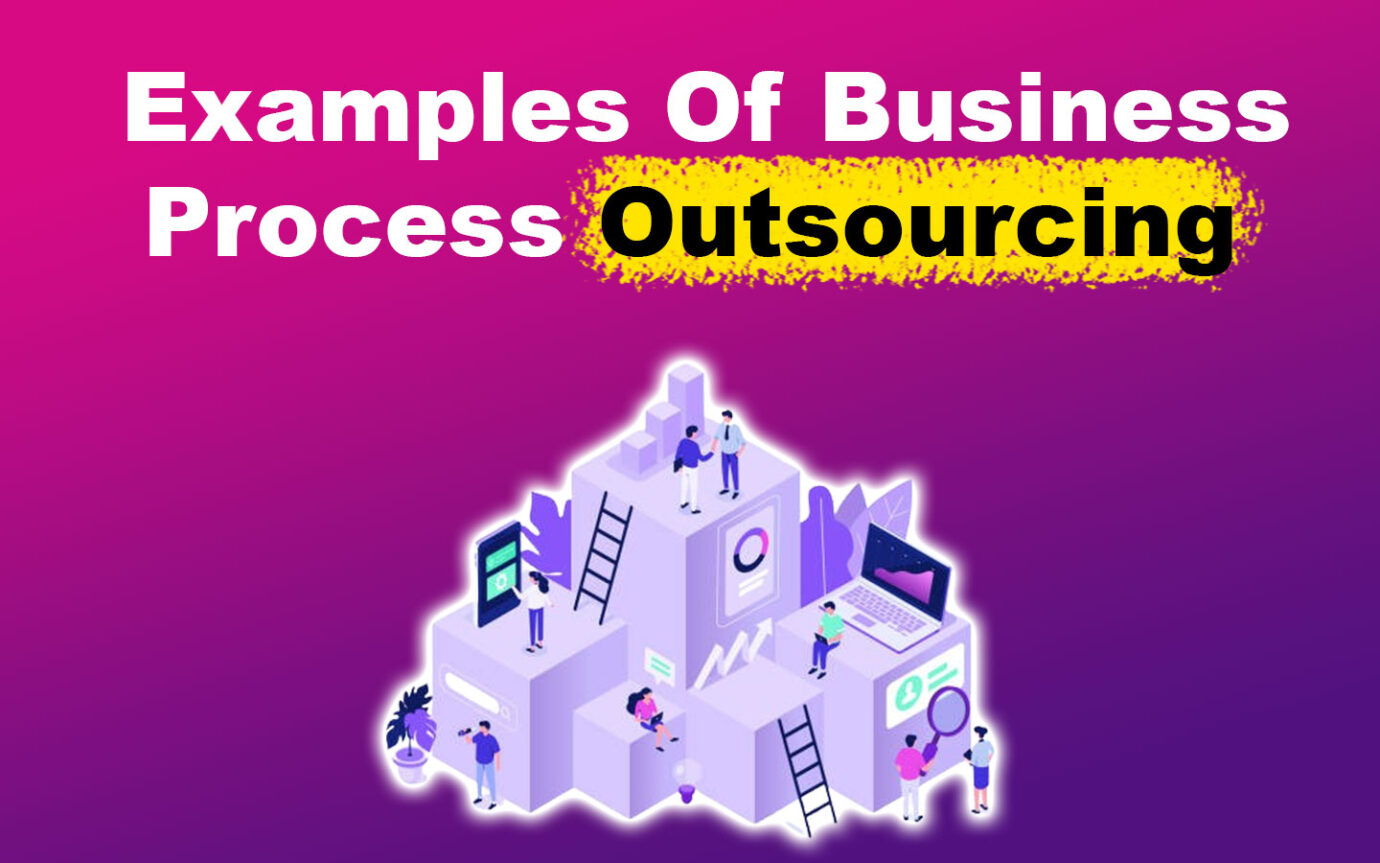
Read on for more insight into the common examples of business process outsourcing and the different types. We will also highlight some examples of front-office business process outsourcing activities. Let’s get right into it!
Examples of Business Process Outsourcing
Here are some examples of business process outsourcing:
- Customer Support.
Companies might contract third-party providers, such as call centers or customer service companies, to handle customer support services. These include managing customer complaints via chat or email, taking inquiries, or providing technical support. - Human Resource.
Organizations can also outsource HR functions like recruitment, training, and employee onboarding to external HR firms or agencies. - Content Moderation.
Businesses may delegate content moderation tasks such as monitoring user-generated content, filtering inappropriate content, or enforcing content policies. Content moderation is vital for maintaining the company’s brand reputation on online platforms. - IT Services.
Another example of business process outsourcing is assigning IT services to specialized third-party firms. These include software development, infrastructure management, or application maintenance. - Document Management.
Companies can outsource document management services such as indexing, scanning, or retrievals. This assists organizations in improving accessibility and document security. - Finance and Accounting.
A company may outsource finance and accounting processes like payroll processing, financial reporting, and bookkeeping to specialized firms. This allows them to focus on their core business while ensuring accurate financial management. - Marketing and Advertising.
This is another excellent example of business process outsourcing. Organizations can outsource marketing and advertising tasks, such as content creation or graphic design, to leverage their expertise and resources.
Learn more about the examples of business process outsourcing from Forbes.
What Are the Different Types of BPO?
These are the different types of business process outsourcing:
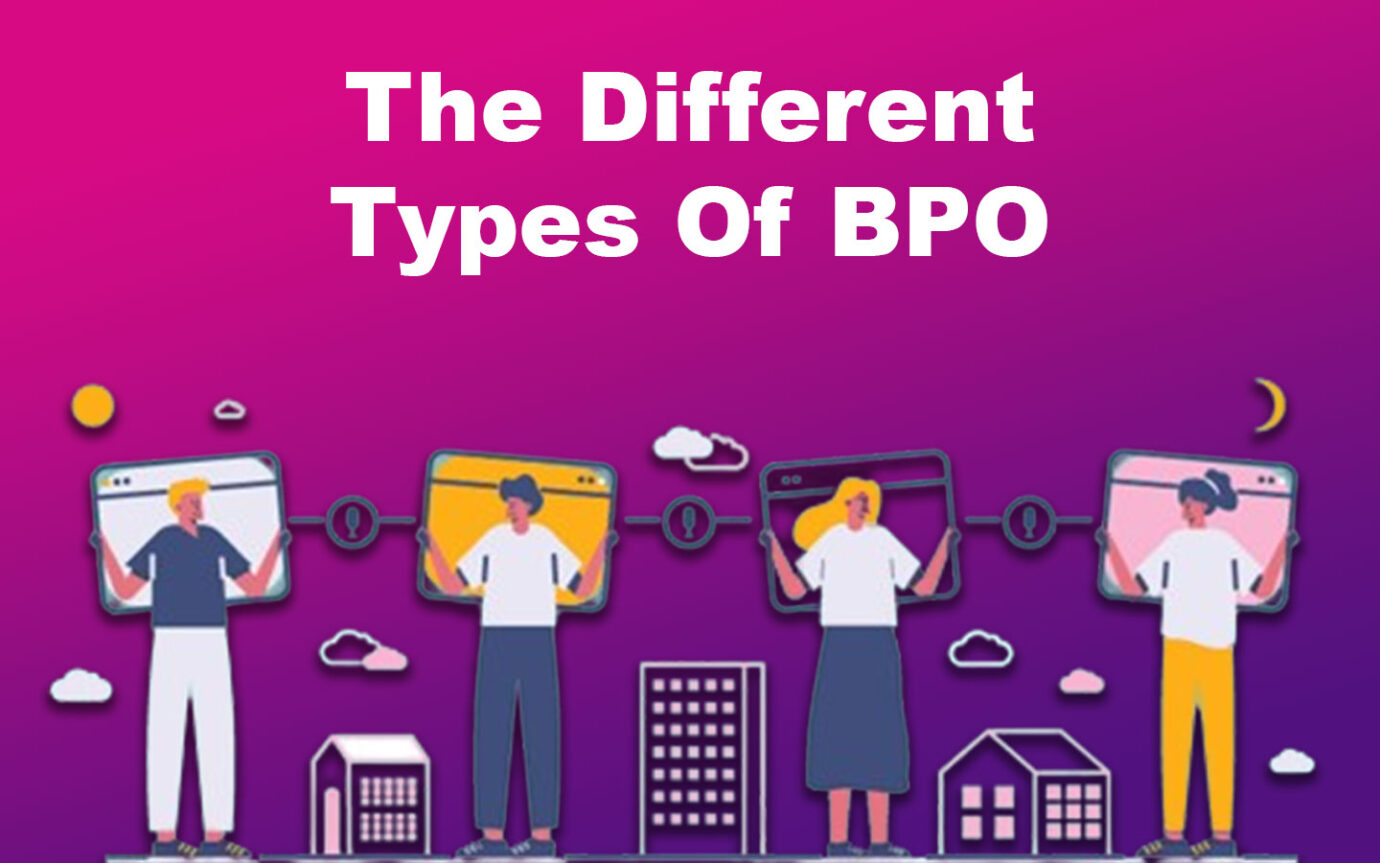
- Front Office BPO.
Front office processes refer to customer-facing activities that directly impact experience and satisfaction. These include inbound and outbound sales, technical support, and lead generation. - Onshore BPO.
Onshore BPO involves outsourcing business functions to a third-party provider in the same country as the hiring company. While it might be costly, it offers various benefits, such as language compatibility and cultural alignment. - Back Office BPO.
This type of BPO focuses on handling internal business operations that do not involve customer interactions. Typical examples are payroll processing, IT support, and accounting. - Offshore BPO.
Offshore BPO is when a company outsources services to an organization in a foreign country. For example, a company in the United States hires an agency in India to manage its services, such as customer services or digital marketing.
Find out how to build an offshore team here. - Nearshore BPO.
This type of outsourcing involves contracting services to a company located in a neighboring or nearby country. For instance, an Indian company is outsourcing its services from an agency in Bangladesh.
Discover more information about the types of BPO accounts here.
How to Choose a Business Process Outsourcing Provider
Follow these steps to choose a business process outsourcing provider:
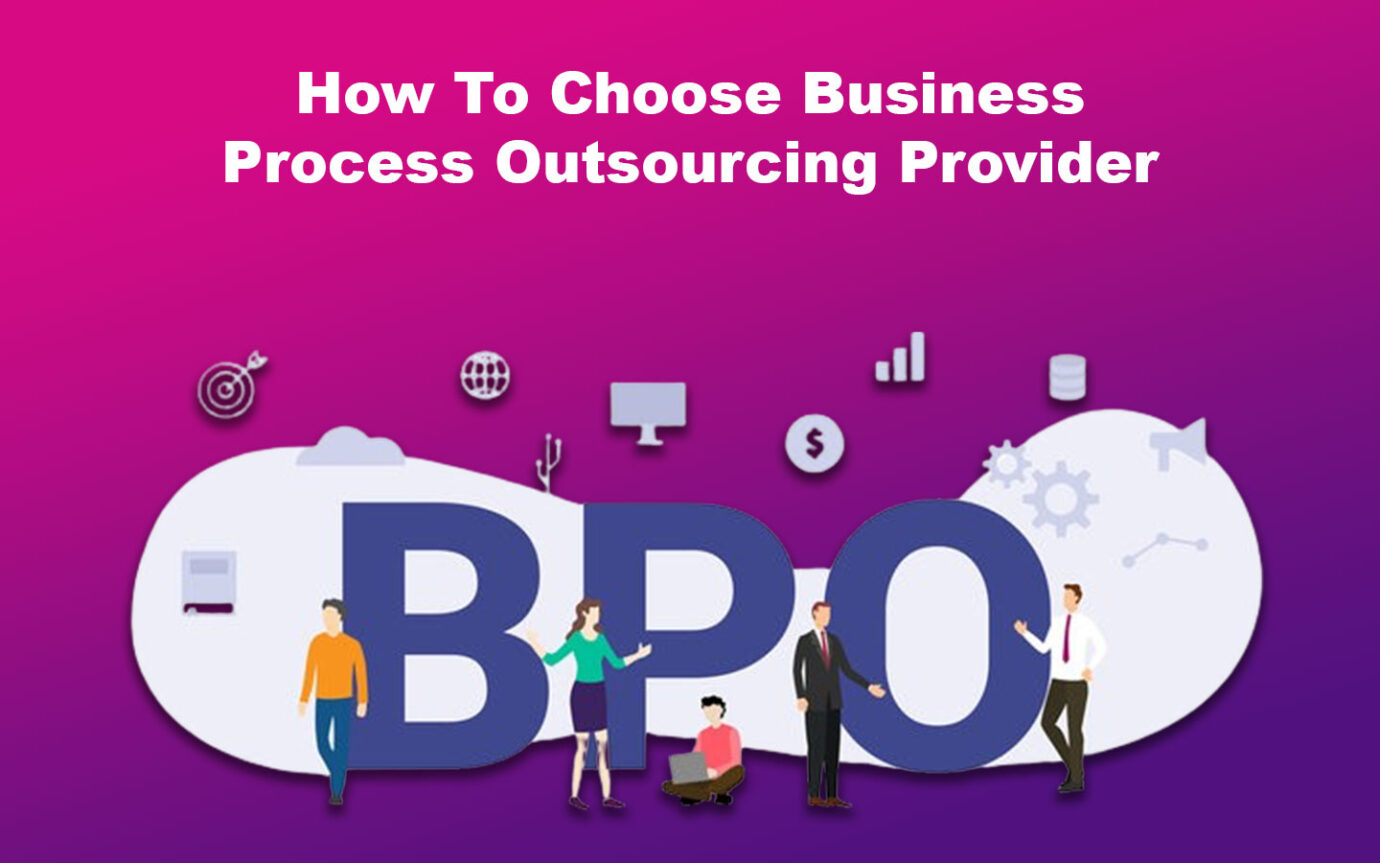
Step 1: Define Your Goals
Clearly outline your business objectives and goals for outsourcing to get a clear direction for the process and quickly identify a provider that suits your preferences.
Step 2: Assess Your Needs
Conduct a thorough internal assessment of your business processes. Identify areas that can be outsourced, considering factors such as scalability, complexity, and the level of expertise required.
Step 3: Set a Budget
Make a budget for the outsourcing process. Consider all the relevant costs, including the set-up costs and service fees. This will help you identify the best provider with the highest investment value.
Important! Ensure proper planning as outsourcing can have hidden costs.
Step 4: Find a BPO Provider
Look for BPO providers with experience and expertise in your industry. Consider their track record, reputation, and relevant experience in delivering quality services.
Step 5: Create a List of the Top Providers
Shortlist the top providers based on your criteria and needs. Consider the ones that meet your requirements and conduct interviews to gain insight into their capabilities.
Step 6: Hire the Perfect BPO Provider
After conducting interviews, narrow your choices and select a provider who meets your needs. Negotiate contract terms to ensure a mutually beneficial partnership.
Discover how to choose a business process outsourcing provider from LinkedIn.
Benefits of Business Process Outsourcing
Here are the benefits of business process outsourcing:
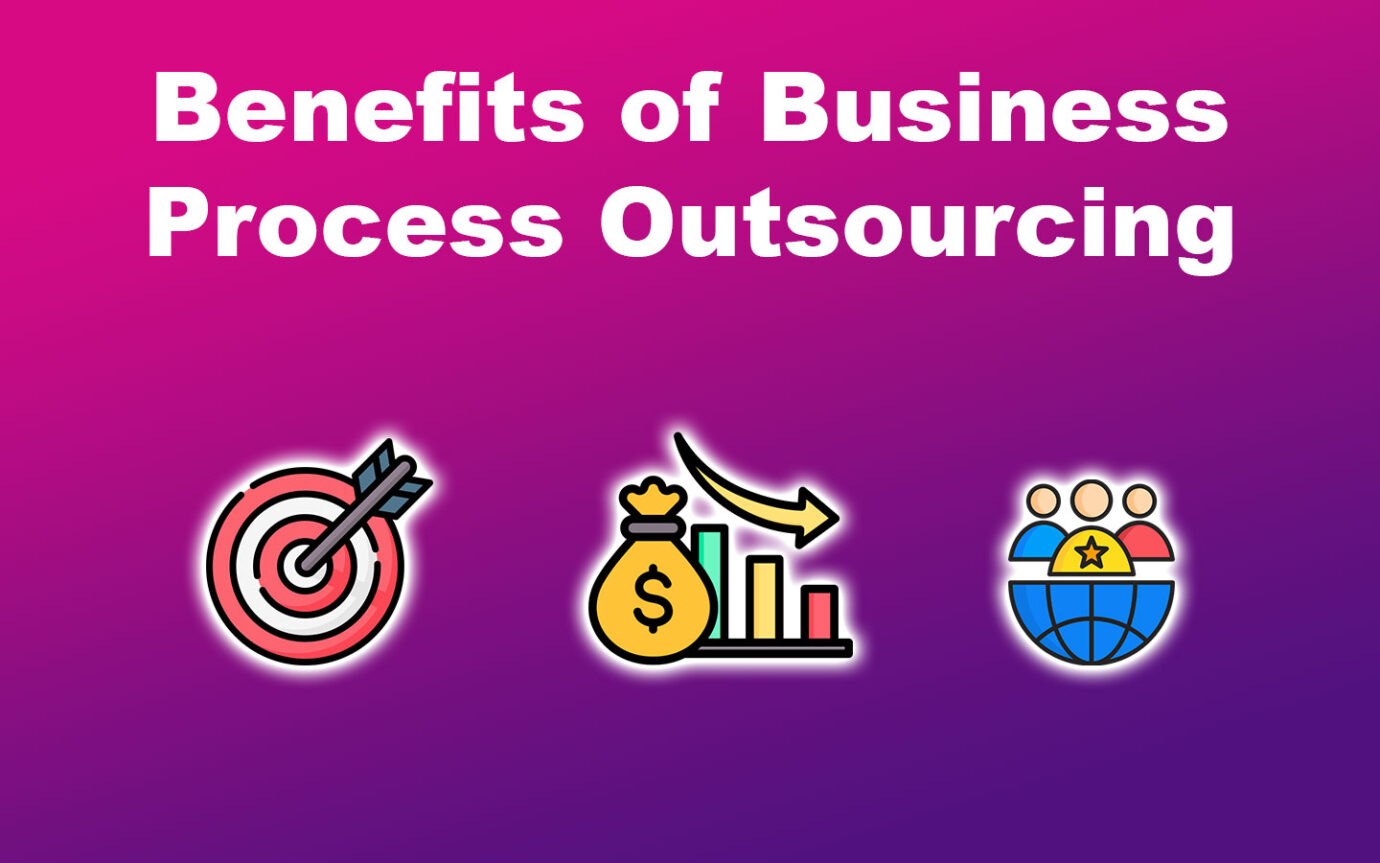
- Reduced Costs.
BPO enables organizations to outsource skilled labor from regions with lower labor costs, resulting in significant cost savings. This is particularly beneficial for repetitive and laborious tasks. Discover the cost of BPO here. - Improves Focus.
BPO in business also helps companies improve their focus. It eliminates non-essential functions, enabling them to redirect resources and attention to core competencies. - Boosts Efficiency.
Business processing outsourcing lets businesses tap into specialized expertise, leading to streamlined operations and improved efficiency. - Access to Global Talent.
Outsourcing tasks to regions with diverse skilled professionals allows businesses to tap into a global talent pool. This can boost efficiency and increase the productivity of the organization. - Scalability.
BPO allows businesses to scale operations up or down based on fluctuating workloads. This provides flexibility in managing resources and adapting to changing business needs. - Helps Business Manage Risk.
Sharing responsibilities with a BPO partner helps businesses mitigate risks such as fluctuating market conditions, regulatory changes, and other external factors.
Like BPO, accounts payable process improvement also has pros and cons.
Read more about the benefits of business process outsourcing from Forbes.
Disadvantages of Business Process Outsourcing
These are the disadvantages of business process outsourcing:

- Loss of Control.
Outsourcing tasks means handing over a degree of control over the processes. This may lead to challenges in managing quality, timelines, and outcomes. - Communication Barriers.
Language, time zones, and cultural differences can create communication challenges between the client and the outsourcing partner. As a result, you may experience misunderstandings or delays. - Security Concerns.
Sharing sensitive data with third-party vendors may pose a risk of data breaches or unauthorized access. This can potentially compromise the confidentiality and security of business information. - Dependency on External Providers.
Relying heavily on external providers for critical functions can create a dependency. This makes businesses vulnerable to disruptions caused by the outsourcing partner’s issues, such as financial instability or operational challenges. - Hidden Costs.
Although outsourcing may seem cost-effective, it often involves hidden expenses like transition costs, legal fees, or additional management oversight. This can affect the overall affordability of the arrangement.
What Is the Difference Between Outsourcing and BPO
The difference between outsourcing and BPO is the level of expertise, scope of service, and involvement. Outsourcing requires high expertise, as their tasks demand specializations, such as knowledge in software development. BPO is more standardized and require less expertise.
On the scope of work, outsourcing is not restricted to a particular business function and can be used for various tasks, including manufacturing and IT services. On the other hand, BPO is limited to a specific business area and focuses on repetitive tasks.
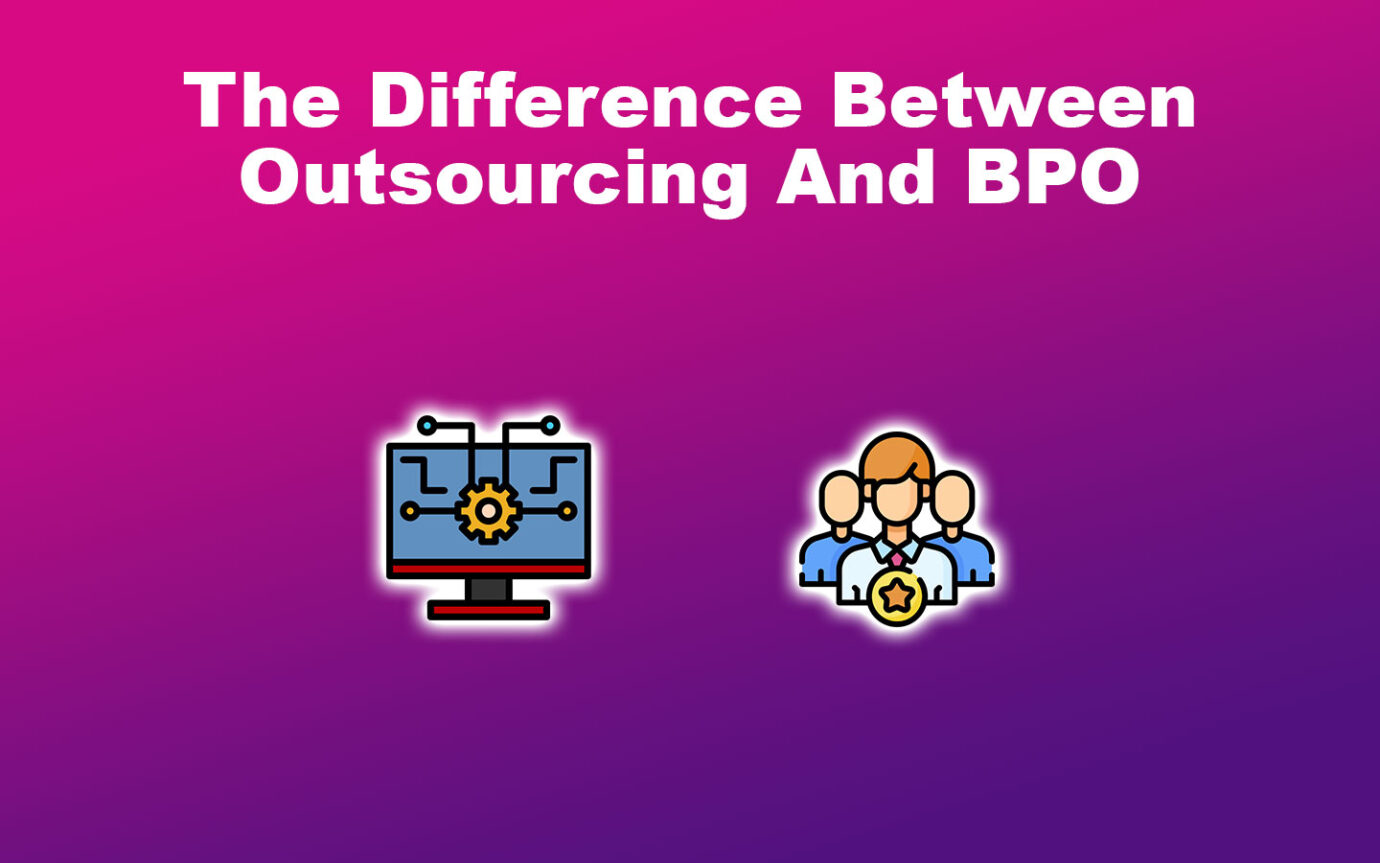
Regarding the level of involvement, outsourcing allows businesses to take a more hands-off approach after delegating the task or project to the service provider.
However, with BPO, businesses remain deeply involved in overseeing operations while letting third-party providers manage daily activities.
Find out the most effective BPO strategies here.
The Best Examples of Business Process Outsourcing
The best examples of business process outsourcing show how businesses can save money and work efficiently by hiring third-party providers to handle some of their tasks. Different types of BPO can also address various customer problems.
That said, BPO has some disadvantages, such as loss of control and security concerns, among others, as outlined in our article. Now that you know the common examples of front-office business process outsourcing activities and others, you can explore the world of third-party service providers.